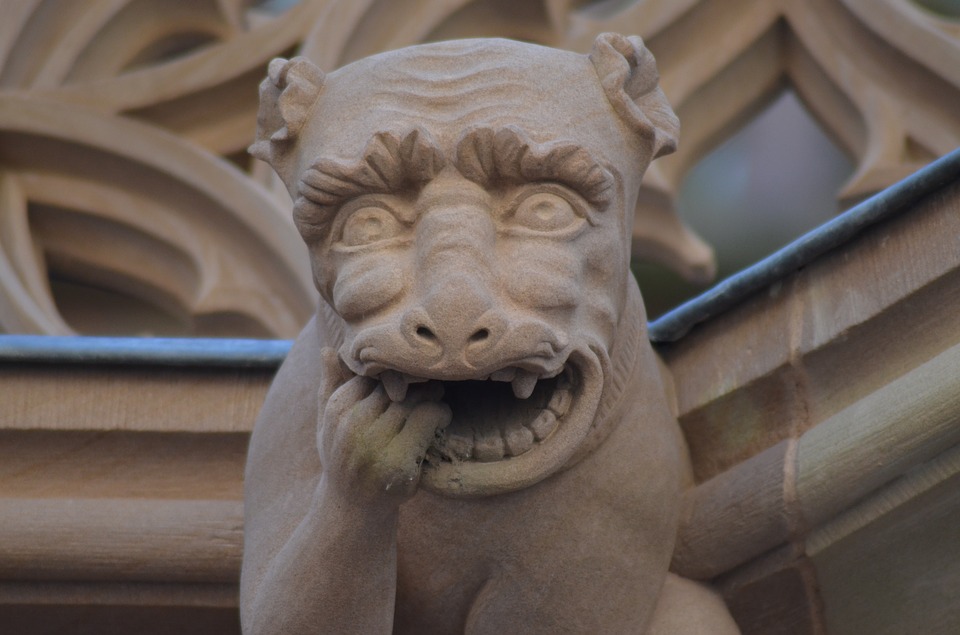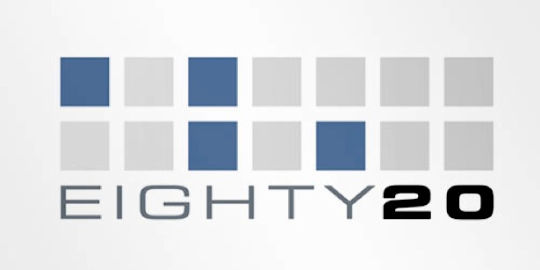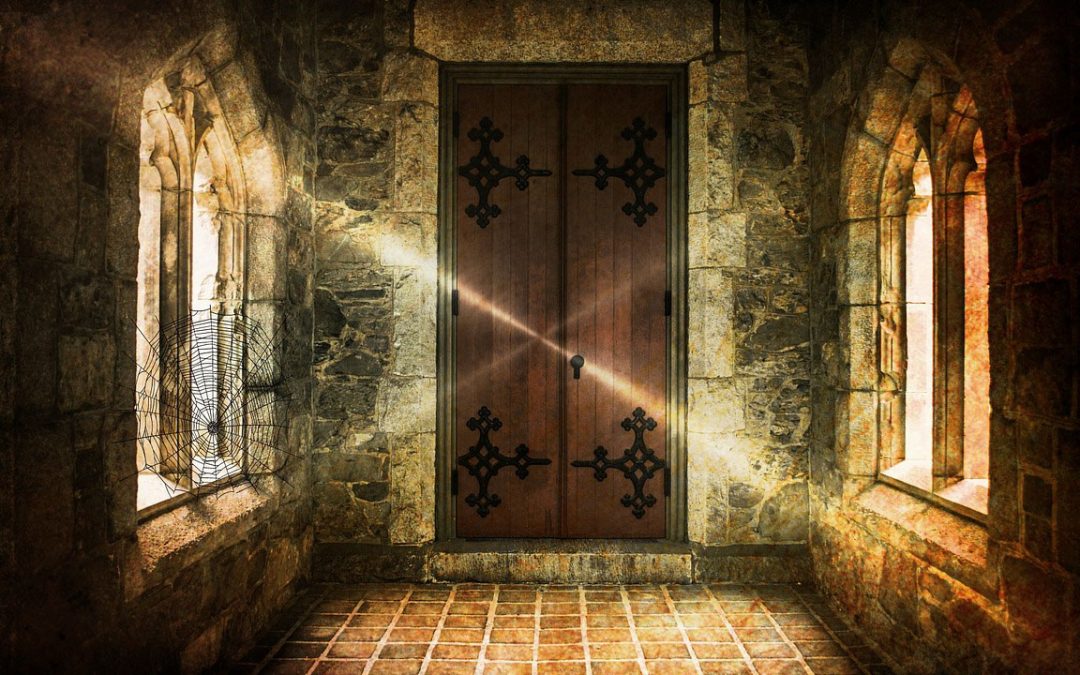In video games, Easter eggs are hidden messages or secrets deliberately found within the game itself. They are often jokes or references to popular culture. Easter Eggs don’t only exist in Video games, there are real life Easter eggs also, there are countless deliberately hidden things in this world just waiting to be found. Here are 10 amazing real life Easter eggs.

The Giant Pink Rabbit
In the Northern Italian countryside you shouldn’t expect to see much other than natural features. But if you’re in an area called Colletto Fava, you might see a giant pink rabbit. This 200 foot long stuffed rabbit as built in 2005 by Austrian artist, in what I would call the world’s greatest act of vandalism, but others would call a work of art. It’s meant to be a dying rabbit, with it’s insides falling out of it’s body. They wanted hikers to stumble upon it and be surprised. But the rabbit is naturally decomposing and will soon disappear.

USB Dead Drops

Copyright Harco Rutgers / (CC BY-SA 2.0)
A USB dead drop is when people hide USB devices in public areas. Maybe you’ll find one in a park bench, or open brick wall, or carved into a tree. They can be hidden anywhere depending on the creativity of those who leave them. Within these USB devices you will often find valuable or interesting files as a reward. Some contain secret messages for you to find, but others contain malware. That’s the risk you take by accessing the dead drops. Some have been found containing instructions on how to build explosives, left by terrorist organizations. But most have just been left by bored nerds.

Crazy Gargoyles

Many ancient buildings have been given modern features to keep them looking impressive. A 13th century Scottish church has been given a gargoyle with the appearance of an alien Xenomorph. And this kind of thing is more common than you might thing. Many other churches have been given gargoyles of gizmo and star wars characters. They could remain in place for several hundred years. Gargoyles in general are quite bizarre – they were like the original real life Easter eggs.

Fake Buildings

If you live in a major city like London, New York, or Toronto, many of the buildings around you may not be real, but fake buildings hiding something inside. This building in London’s Leinster Gardens area looks just like someone home, but really it’s just designed that way to fool people. Inside is an access area to the underground train track directly below. In New York there is a building which secretly contains a laboratory, once used to research deadly diseases. In Paris, there is a building, which looks like a regular residential block, but really it’s empty. It’s owned by a nearby train company but we don’t know what it’s used for.

Hidden Logo Secrets

Hidden in plain sight, many logos have secret messages within them. Some were designed to be subliminal cues, like the Fedex logo, which contains an arrow between the letters e and x. Others are blatant real life Easter eggs intended for specific groups of people. Eighty20 is a business intelligence consultancy company. The squares in it’s logo show a certain binary code, which is equal to the numbers 80 and 20. That’s a good one but most others are dreadful.

Neptune Memorial Reef

Copyright Elkman / (CC BY-SA 3.0)
The Neptune Memorial Reef is an artificial reef 3 miles off the coast of Florida. It was intended as a burial with the goal of 125 thousand corpses to be buried there. But construction of the reef was never completed, so now the 65 thousand square mile structure serves only as a destination for divers. It looks like an underwater city, with it’s ruined buildings and monuments, which is why you’ve probably seen images of it before. It was designed to be that way, with underwater roads leading from each structure to the next.

Ann Arbor Fairy Doors

Copyright Dwight Burdette / (CC BY 3.0)
In Michigan’s Ann Arbor, many buildings have been found containing tiny doors built into walls. For obvious reasons they came to be known as fairy doors. Some of the doors can’t be opened but others contain tiny houses for fairies to live in, where people leave gifts to keep them happy. It’s unknown how many there are in the city or when they were first installed. But in 2005 they started being installed on the outside of buildings. Go to Ann Arbor today and you’ll find fairy doors hidden in plain sight – on the street, in book stores, and in gardens. But the really mysterious and interesting fairy doors can be found hidden away in old houses.

The Big Red Button
In Houston Texas, Preston street bridge stretched over a slow moving river known as Buffalo Bayou – which is a great name. Hidden somewhere on this bridge is a big red button. Press this mysterious red button and the water below you will start to bubble. There’s a pipe underwater that releases a big bubble of oxygen whenever the button is pressed. It disturbs the water, preventing mosquitoes from breeding there. I can’t tell you where on the bridge the button may be found, because I’ve never been there. In fact, Texas is the one place my mother warned me never to go to – although I’m not sure why.

Konami Code

The Konami Code is a cheat code featured in countless video games. Because of it’s use in so many games it has made it’s way into popular culture. There are loads of websites and computer programs that still feature the cheat code. Just visit these sites and type in “up, up, down, down, left, right, left, right, B, A, Start” or some variation of that, and you’ll have access to secret content. Some brands of television use the cheat code to reset their settings. And if you only look, you’ll see the ode hidden in real life locations.

Geocaching

Copyright i_am_jim / (CC BY-SA 3.0)
Some people hide and search for real life Easter eggs as a hobby. It’s called Geocaching. People download the app and use the GPS on their phone to find secret locations. Hidden somewhere in these locations are containers known as caches. They can contain anything from stamps to cocaine. Many of them contain Geocoins, a metal or wooden token – but some geocoins aren’t actually coins. Geocaching is practiced all over the world and it is so popular that entire businesses have been built around it. People leave geotokens at the caches they find. These contain info on who they are and where they come from.

